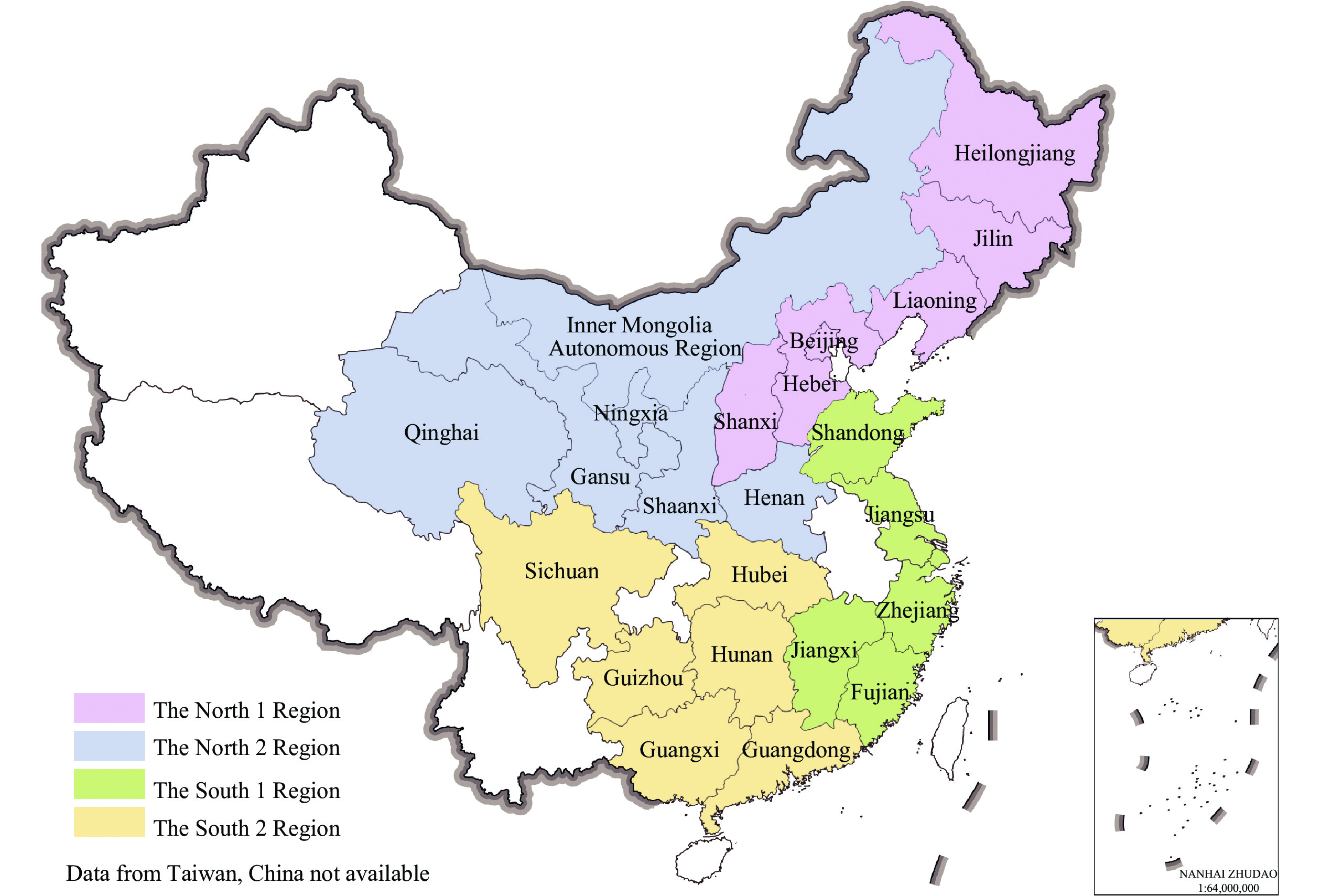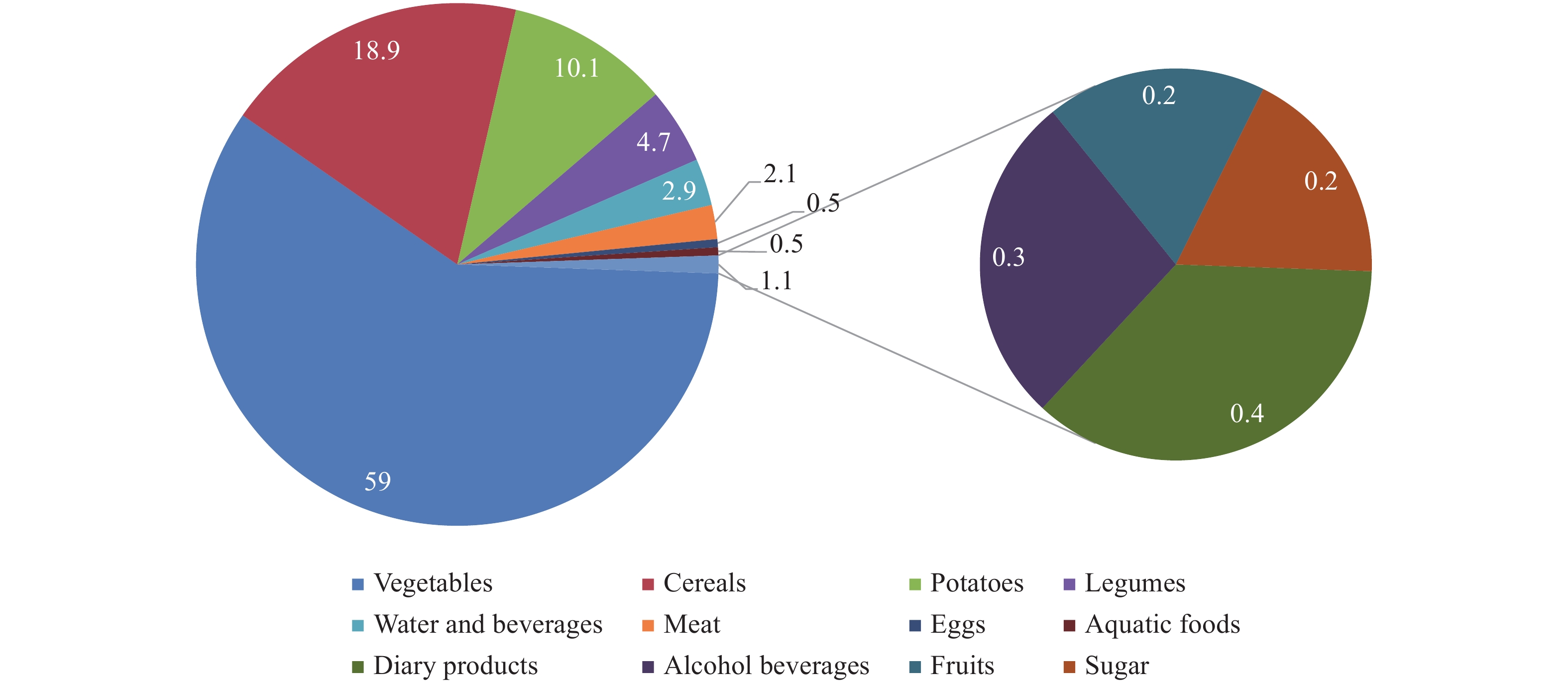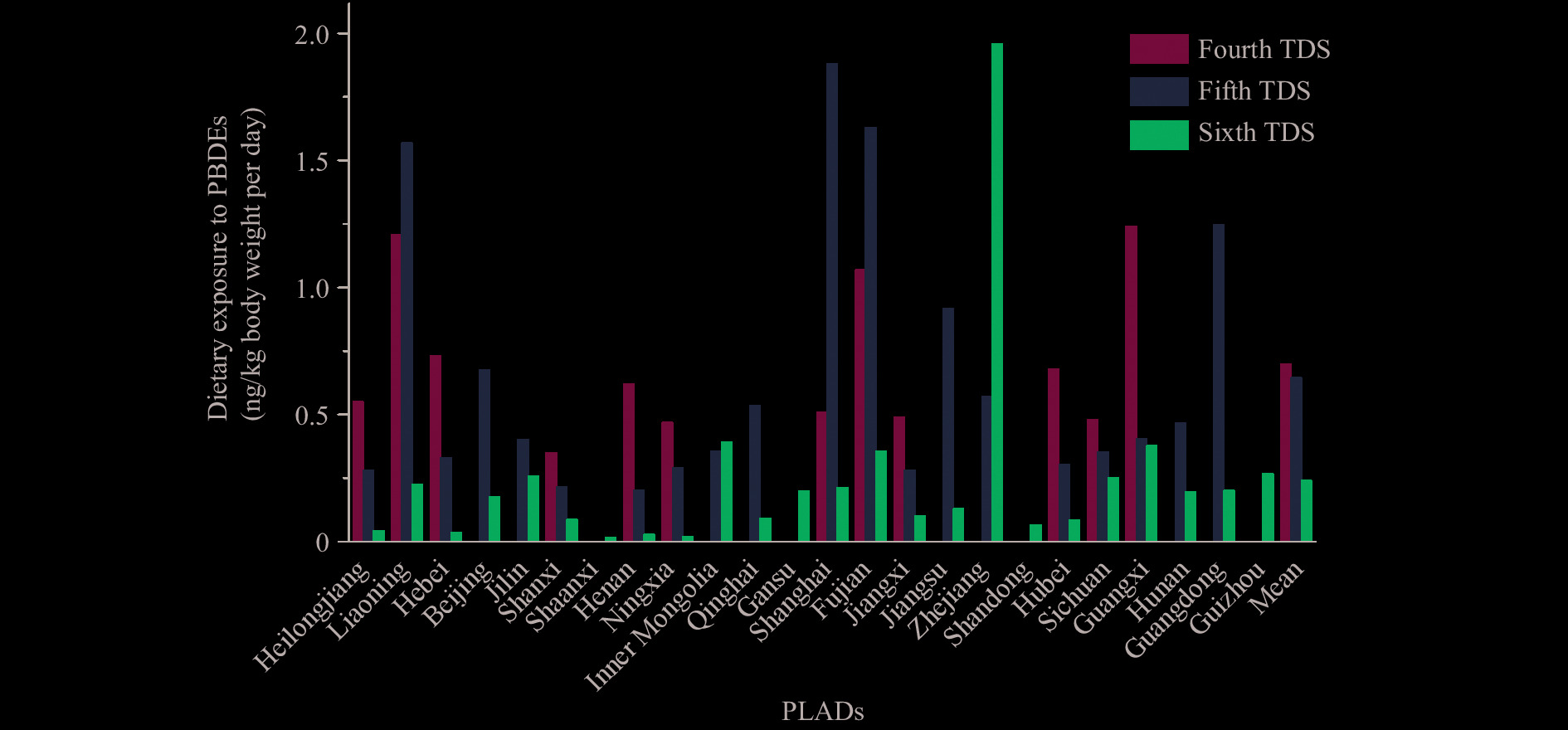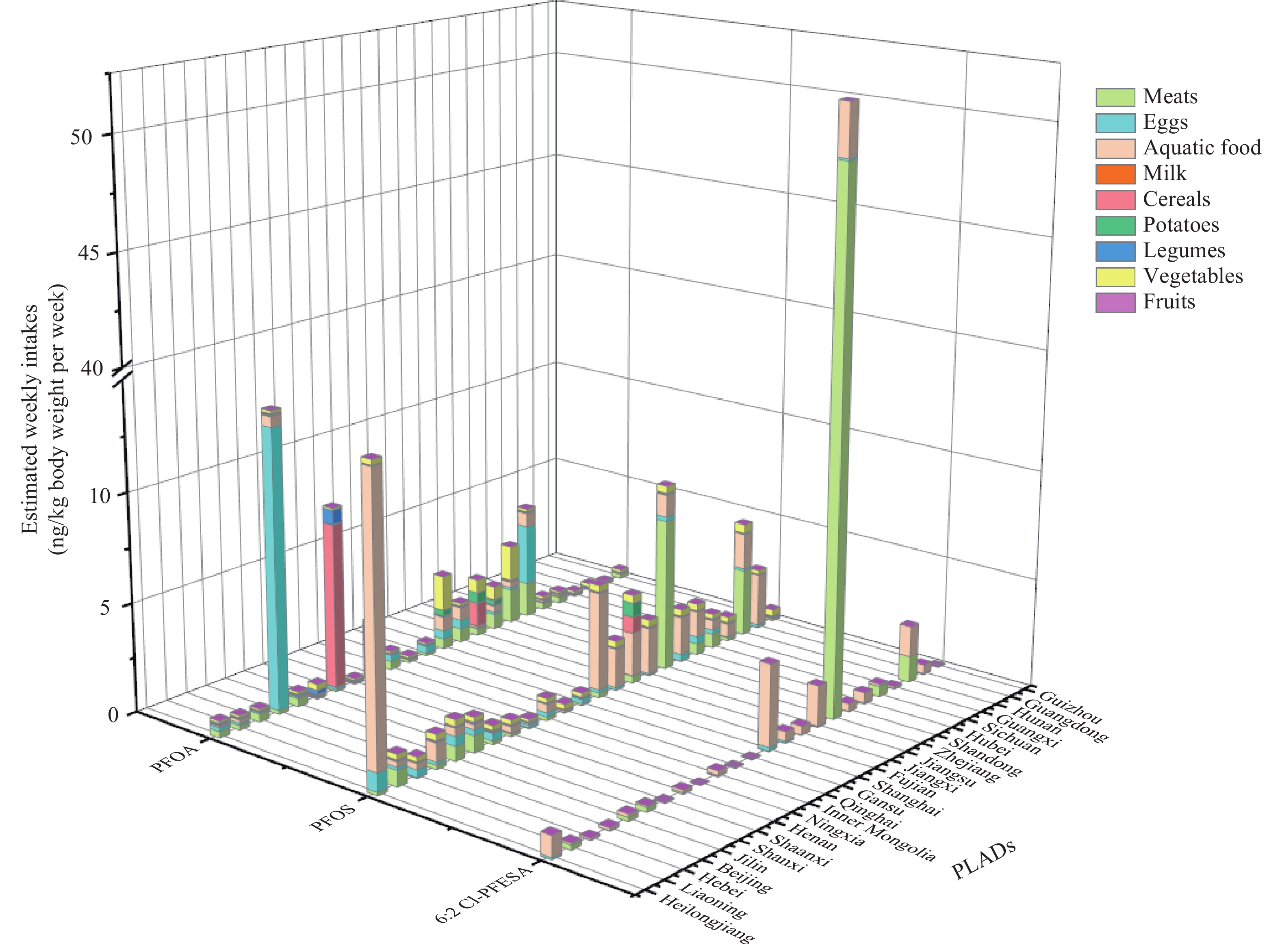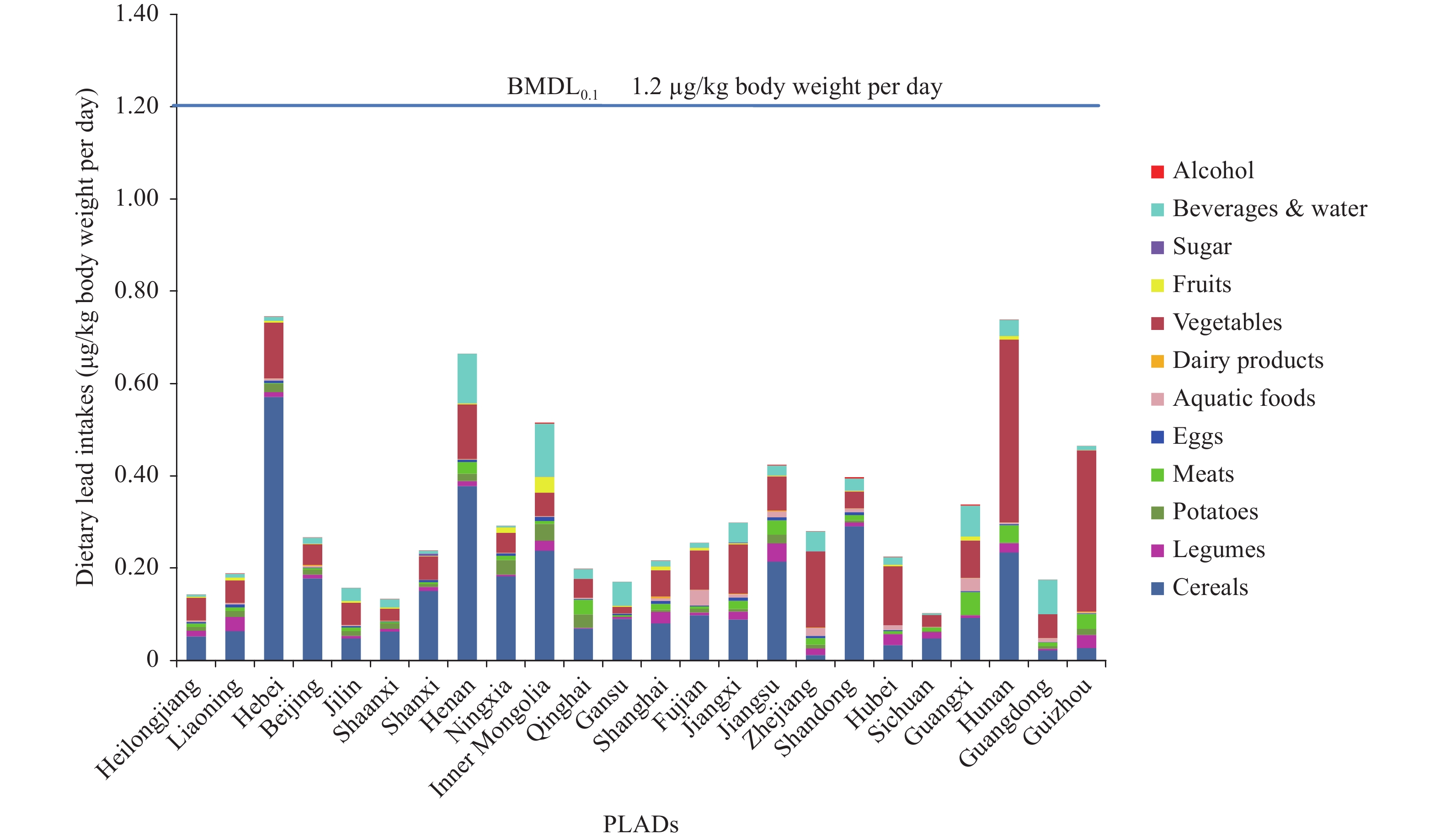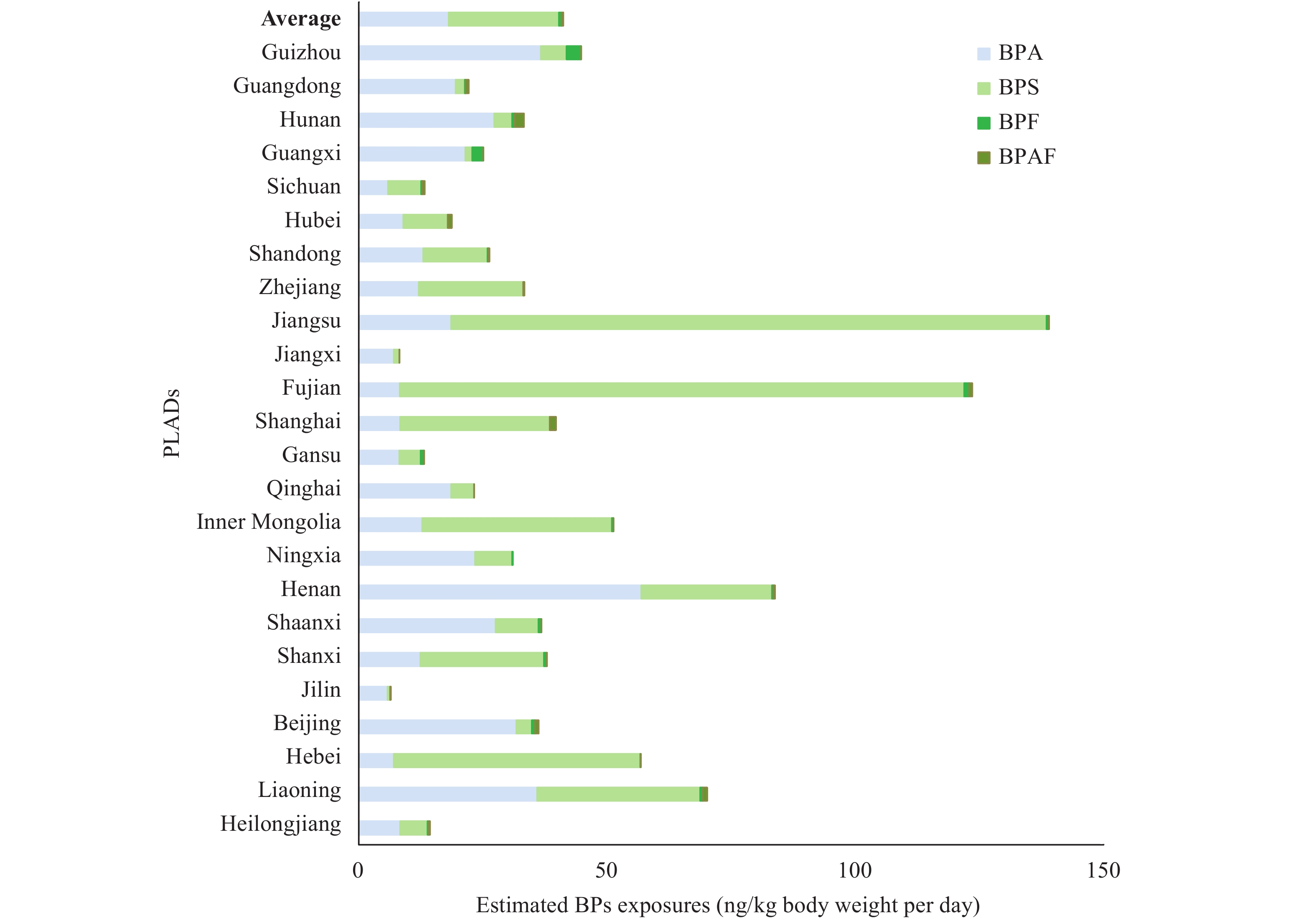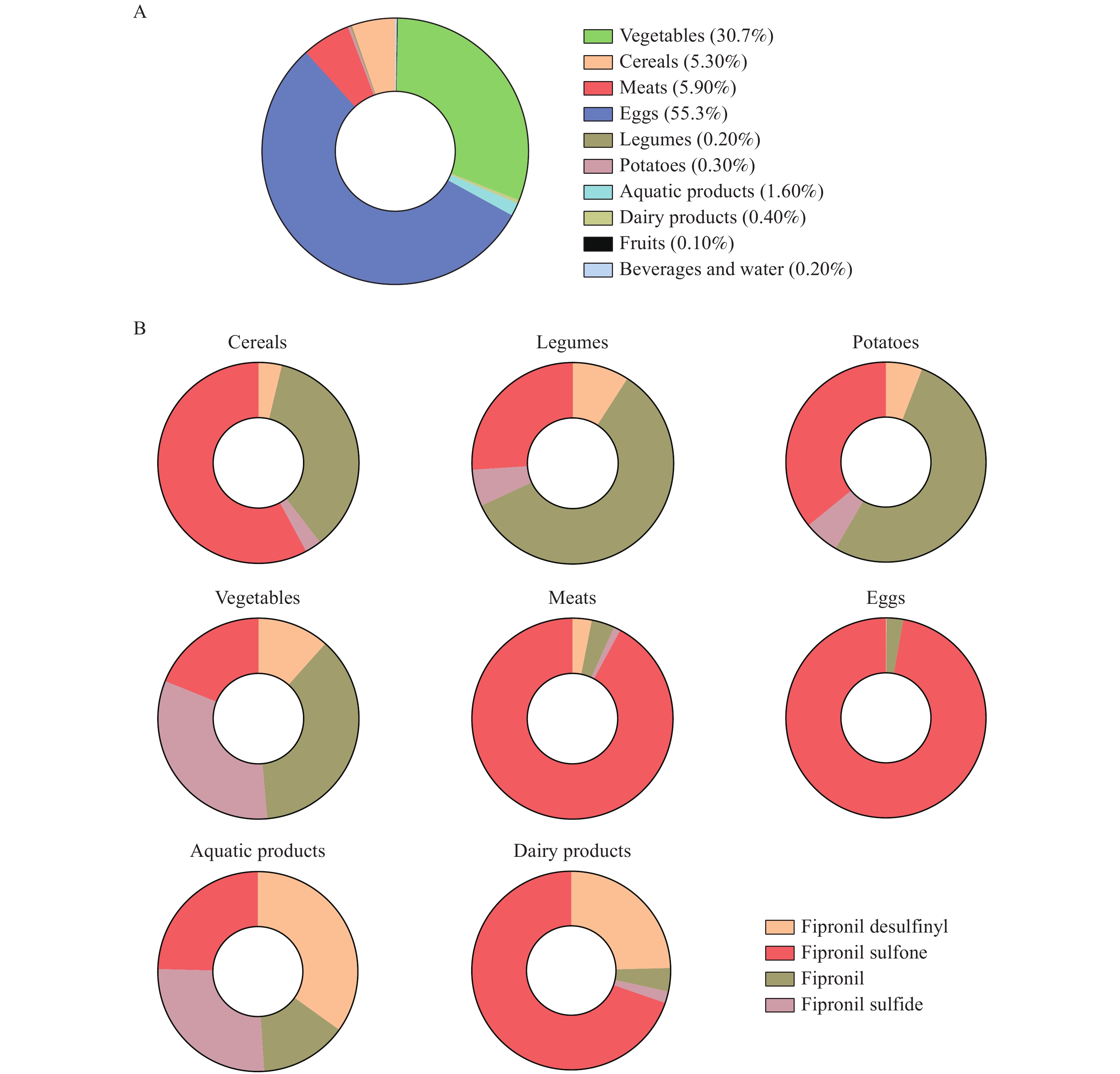2022 Vol. 4, No. 9
Acrylamide (AA) is toxic and potentially carcinogenic and could be formed during the cooking process. It is understood that almost all foods cooked at high temperature contain AA, especially fried foods. The exposure of AA in food threatens human health.
In the Sixth China Total Diet Study (TDS), AA was detected in 73.3% samples of the 12 food categories with the concentrations ranging from undetected to 176.90 μg/kg. The average dietary intake of AA was 0.175 µg/kg body weight per day and a significant decrease (45.1%) was observed compared with the Fifth China TDS. Among the 12 food categories, vegetables (59.0%), cereals (18.9%), and potatoes (10.1%) were the main contributors to AA exposure at 88.0%.
This study highlighted the need to continuously monitor dietary acrylamide exposure in China, including changing food processing methods and making reasonable selection of foodstuffs in the daily diet.
Polybrominated diphenyl ethers (PBDEs) were widely used in many industrial and commercial materials as flame retardants, and its related exposure threatens human health.
The Sixth Total Diet Study (TDS) indicated that the dietary intake of PBDEs was unlikely to pose significant health risks for the general Chinese people using the margin of exposure (MOE) approach recommended by the European Food Safety Authority (EFSA).
This study highlights the necessity of continuous national monitoring of the dietary intake and strict legislation of PBDEs in China.
Perfluoroalkyl substances (PFASs) are persistent organic pollutants, which have multi-organ toxicity and potential health risk to humans.
The most commonly detected PFASs in the Sixth China Total Diet Study (TDS) samples were perfluorooctanesulfonate (PFOS), perfluorooctanoic acid (PFOA), perfluoroundecanoic acid (PFUdA), perfluorodecanoic acid (PFDA), perfluorononanoic acid (PFNA), and 9-chlorohexadecafluoro-3-oxanonane-1-sulfonate (6:2 Cl-PFESA). The mean estimated weekly intakes (EWIs) of PFOA, PFOS, and 6:2 Cl-PFESA in the Sixth TDS were 2.17, 2.72, and 2.75 ng/kg body weight per week, respectively.
The PFASs levels in some food category and dietary exposure still need to be continuously monitored, especially for 6:2 Cl-PFESA.
Short-chain chlorinated paraffins (SCCPs) are persistent organic pollutants that are toxic to organisms. Medium-chain chlorinated paraffins (MCCPs) have similar properties. Chlorinated paraffins (CPs) may be biomagnified through the food chain, thereby threatening human health.
The concentrations of SCCP and MCCP in each food sample were 5–265 and 4–306 ng/g, respectively. The estimated dietary exposure to CPs was relatively lower than the threshold set in the current guidelines.
The production and use of SCCP and MCCP have not been prohibited in China yet. Further studies are needed to assess the health risks through dietary exposure to CPs.
Lead (Pb) and cadmium (Cd) are widespread toxic heavy metal pollutants in the environment. Dietary intakes of Pb and Cd have been a major concern in the world.
The average dietary exposure to Pb and Cd among Chinese adult males from the Sixth China Total Diet Study (TDS) was within acceptable levels, except for a potential health risk of Cd exposure among adult men in Hunan Province.
It is necessary to continuously monitor the levels of Pb and Cd in foods. More attention should be paid to dietary Cd exposure in Hunan Province.
Bisphenol A (BPA) and other bisphenolic compounds (BPs) are proved to pose potential endocrine disrupting properties. The primary source of BP exposure is the diet. European Food Safety Authority (EFSA) established a temporary tolerable daily intake (t-TDI) of BPA 4 μg/kg body weight per day.
BPs were detected in composite food samples from the Sixth China Total Diet Study (TDS) at percentages of 27.1%–78.5%. The estimated dietary exposure of BPA and bisphenol S (BPS) for an average adult were 18.1 ng/kg body weight per day and 22.2 ng/kg body weight per day, respectively. The main dietary contributors for BPs were cereals, water and beverage, meat as well as vegetables.
BP dietary intake poses low risks on the Chinese general population based on the t-TDI set by EFSA. BPS presented a higher exposure level than BPA, which highlights the need to strengthen the surveillance of BP alternatives in foodstuffs.
Fipronil is classified as a “possible human carcinogen” by the United States Environmental Protection Agency. Long-term exposure to fipronil may cause damage to liver, thyroid, and kidney. However, fipronil and its metabolites are ubiquitous in the environment and food.
The dietary intake of fipronil in China was within acceptable levels with low health risk. Eggs were the main dietary intake contributor of fipronil for Chinese adult populations (55.3%), followed by vegetables (30.7%), meats (5.90%), cereals (5.30%), and other food categories contributed less than 2%.
The study results will help health managers understand the health risk of fipronil, and help to better formulate monitoring plans in foods. It is still necessary to strengthen the monitoring of fipronil in foods, especially animal-derived foods.



 Subscribe for E-mail Alerts
Subscribe for E-mail Alerts CCDC Weekly RSS Feed
CCDC Weekly RSS Feed